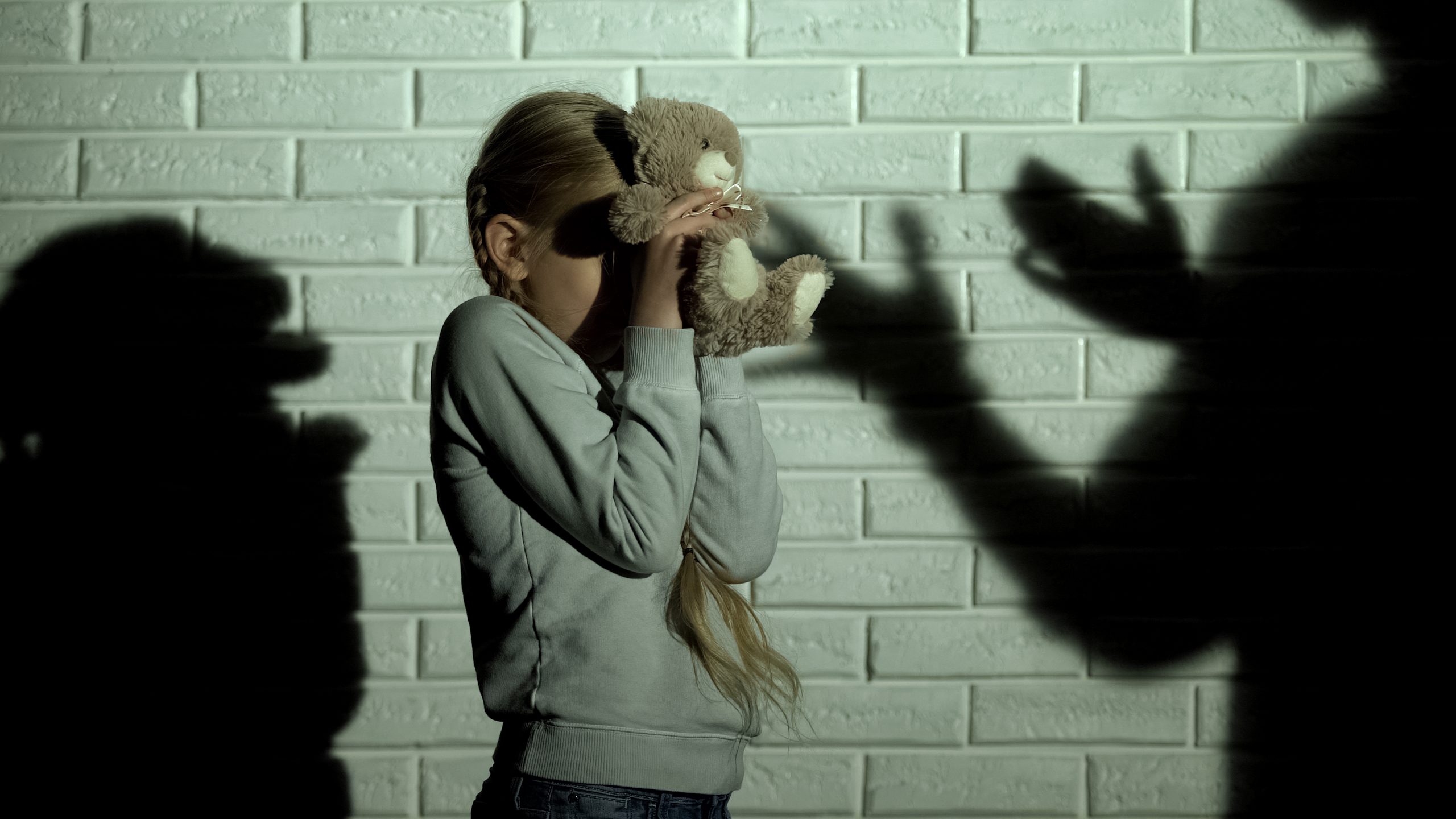NEW ARTICLE: Study of population attitudes towards corporal punishment in five European countries.
A global consensus that violence against children challenges children’s fundamental human rights appears to be expanding, with more and more countries reforming their laws to ban physical punishment of children in all settings.
The use of corporal punishment (CP) to discipline children is however widespread globally, despite the adverse impact that CP has on children. It is well documented that CP of children may lead to physical, psychological and cognitive problems.
Populations in five countries
A new article published in Children and Youth Services Review compares population attitudes towards corporal punishment, and their view on reporting it to the child protection authorities.
The study is based on representative samples of the populations of Austria, Estonia, Ireland, Norway and Spain. Authors are Kenneth Burns, Hege Stein Helland, Katrin Križ, Sagrario Segado Sánchez-Cabezudo, Marit Skivenes and Judit Strömpl.
– The literature distinguishes between ‘weak’ and ‘strong’ corporal punishment. We used a survey vignette describing ‘weak corporal punishment’ to explore what people thought about CP and if citizens believe that a teacher should report to the public child protection authorities, explains PhD candidate Hege Stein Helland.
Cross-country Differences
The findings show that a majority of citizens in all countries do not accept CP. There were significant cross-country differences in the level of rejection, with Norway showing the highest level, followed by Austria, Estonia, Ireland, and Spain. However, there were only small differences between countries in attitudes towards reporting it.
The most puzzling finding was the mismatch between attitudes towards CP and attitudes towards reporting it: Almost one third of individuals who reject CP would not report it, and a quarter of those accepting CP would report it.
– An explanation for mismatches may be that individuals express their public attitudes and behaviors in agreement with existing laws and norms. The incongruence may also be due to factors related to unfamiliarity with reporting laws and threshold for interventions, or the respondents’ confidence in the child protection authorities, states professor Marit Skivenes.
Recognition of Children’s Rights
It is an immensely positive finding that a majority of citizens in five countries do not find it acceptable to use CP towards children, and the authors conclude that there appears to be evidence that this is a view that is gaining traction within these countries.
– We believe the attitudes expressed by citizens are a result of an increasing child centrism and recognition of children’s rights in high-income societies, which is co-facilitated by legislation banning corporal punishment, explains Skivenes.
The full article is available open access from the link below.
Burns, Helland, Križ, Sánchez-Cabezudo, Skivenes & Strömpl (2020). Corporal punishment and reporting to child protection authorities: An empirical study of population attitudes in five European countries. Children and Youth Services Review
ILLUSTRATION: Colourbox

